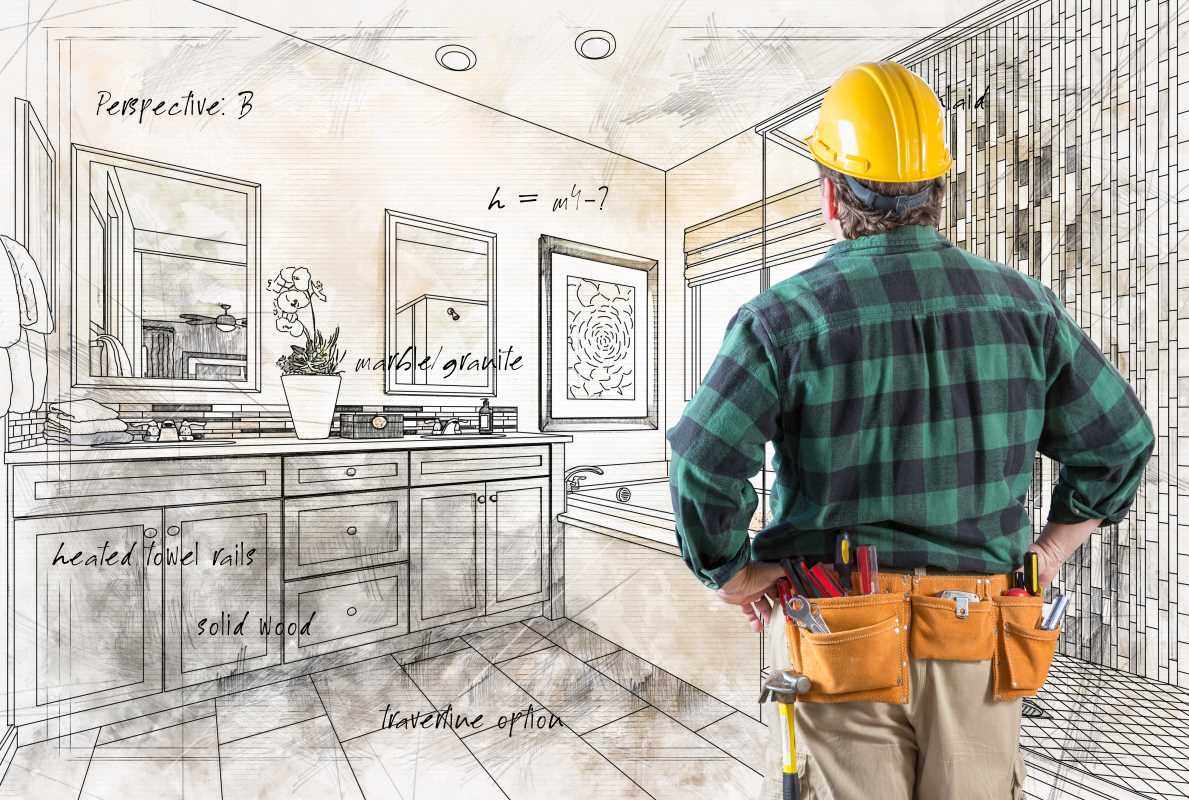Life can often feel overwhelming, especially for kids or seniors who may struggle with sensory overload. Bright lights, loud noises, or even crowded spaces can make it hard to focus or relax. That’s where creating a quiet zone at home comes in. A quiet zone is a dedicated space designed to calm overstimulated minds and foster relaxation. These areas are beneficial for children dealing with sensory challenges, including those with autism, ADHD, or anxiety, and for seniors who may feel overwhelmed by stimuli as they age.
Designing a peaceful retreat doesn’t have to be complicated or expensive. With careful attention to sensory-friendly design, comfort, and accessibility, you can create a simple haven that helps both kids and seniors feel safe, grounded, and recharged. This guide will walk you through the essentials of creating a quiet zone tailored to your loved one’s needs.
Why Quiet Zones Matter
Before exploring how to design a quiet space, it’s important to understand why they’re so beneficial. For kids, overstimulation often results in outbursts or withdrawal as they struggle to manage the flood of sensory input. For seniors, this same overload may lead to irritability, confusion, or feelings of frustration.
Having a quiet zone allows individuals to step away from stressful environments and recalibrate. These spaces can help improve focus, regulate emotions, and promote overall physical and mental well-being. A thoughtfully designed quiet zone is more than just a spot to escape; it’s a place to reset and find balance again.
Choose the Right Location
Where you set up your quiet zone is one of the most important decisions in the process. Look for areas that naturally lend themselves to peace and relaxation.
Pick a Low-Traffic Area
Choose a part of your home away from busy zones like the kitchen, TV room, or entryway. This reduces the likelihood of interruptions or excess noise. Bedrooms, small nooks, or even a corner in the family room can be great starting points.
Consider Privacy
A space that offers a sense of privacy can make the quiet zone feel even more relaxing. If you don’t have a separate room to dedicate, you can create a semi-private retreat by using room dividers, tall bookshelves, or curtains to block off a small area.
Think About Natural Light
While bright, direct sunlight may be too stimulating, a space with soft, natural light can be incredibly soothing. If your chosen area has a window, consider sheer curtains to diffuse sunlight without making the room feel dark or enclosed.
Focus on Sensory-Friendly Design
Creating a quiet zone means paying special attention to the five senses. The space should feel calming and soothing without overwhelming the individual using it.
Sight
- Stick with muted, neutral, or pastel tones for the walls and decor. Bright or contrasting colors can feel jarring.
- Avoid overly busy patterns or intense artwork; choose simple, serene visuals instead.
- Use dimmable lights or lamps to create a soft glow rather than harsh overhead lighting. String lights or salt lamps can add a cozy ambiance.
Sound
- Minimize noisy distractions by choosing a spot that’s naturally quiet or using noise-canceling materials like thick curtains or rugs to absorb sound.
- Include a white noise machine, gentle instrumental music, or soothing nature sounds. Avoid loud or abrupt noises that might trigger discomfort or stress.
Touch
- Soft textures are your best friend when designing a quiet zone. Think plush rugs, cozy blankets, and overstuffed pillows to create a tactile sense of comfort.
- For kids with sensory sensitivities, offer a variety of textures to explore, like a faux fur pillow or a smooth, calming sensory mat.
- Seniors may also enjoy supportive cushions or ergonomic chairs to ensure comfort.
Smell
- Aromatherapy is a wonderful addition to calm the mind. Use essential oils like lavender, chamomile, or eucalyptus in a diffuser or sachets.
- To keep it safe, avoid using candles for aromatherapy, especially for individuals with mobility issues or those at risk of forgetting to blow them out.
Taste (Optional)
- For kids, having a small snack station stocked with water, juice, or calming herbal teas can help regulate emotions during moments of stress.
- Seniors may appreciate having a thermos of soothing tea or a snack nearby to make the space feel even more comforting.
Prioritize Comfort
The whole purpose of a quiet zone is to provide a calming refuge. Comfort is essential to achieving this goal.
Comfortable Seating Options
- For kids, consider oversized bean bags, a sensory swing, or a floor cushion to create a cozy relaxation space.
- For seniors, comfortable seating like a recliner, rocking chair, or soft armchair with good lumbar support is ideal. Ensure the seat is at a height that’s easy to get in and out of independently.
Keep Climate in Mind
Make the space as physically comfortable as it is visually soothing. If the area gets cold, add a small space heater or soft blankets. If it’s likely to get warm, use a fan or an air purifier to keep the air circulating and fresh.
Manage Clutter
Clutter can create stress, even if it’s subconscious. Keep the space simple and free of excess items. Storage bins or built-in cabinets can help keep necessary tools nearby without adding clutter.
Include Accessibility Features
For seniors or individuals with mobility challenges, easy accessibility should be a top consideration while designing the space.
Maintain Clear Pathways
Ensure that there’s plenty of room to maneuver a wheelchair, walker, or cane comfortably. Keep all furniture against the walls and remove any obstacles, like loose cords or unnecessary decor, from the floor.
Keep Essentials Within Reach
Place frequently used items, like a favorite book, reading glasses, or a stress ball, on a nearby side table or shelf that’s easily reachable from the seating area.
Use Non-Slip Surfaces
Add non-slip mats or secure area rugs to prevent falls. For seniors, consider rubber-backed rugs or skip floor coverings altogether for extra safety.
Make It Engaging and Personal
While quiet zones are meant for relaxation, they can still be engaging and enjoyable spaces. Personalize the area to reflect your loved one’s interests and needs.
Personal Touches
- Display a few cherished photos, calming artwork, or inspirational quotes to make the space feel uniquely theirs.
- Include favorite items like a stuffed animal, a cherished blanket, or a box of meaningful trinkets for emotional comfort.
Activities and Tools
- For Kids: Provide sensory toys, fidget tools, coloring books, or a small tablet for calming activities. These items can offer distraction and positive redirection during moments of stress.
- For Seniors: Stock the space with books, crossword puzzles, knitting supplies, or games that stimulate the mind without overwhelming it.
Identify Zones Within the Quiet Space
If possible, divide the area into mini zones. For example, one corner can have a bean bag for resting, while another can have a table with art supplies or puzzles. This allows for purposeful use of the space, no matter what kind of relaxation or activity is needed.
 (Image via
(Image via





